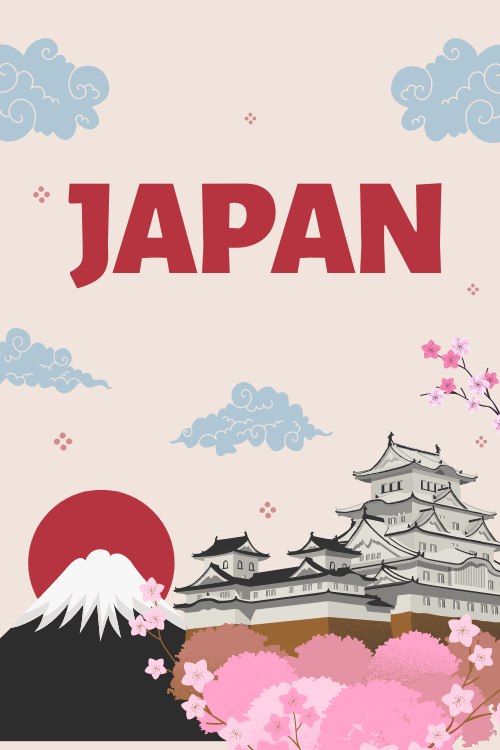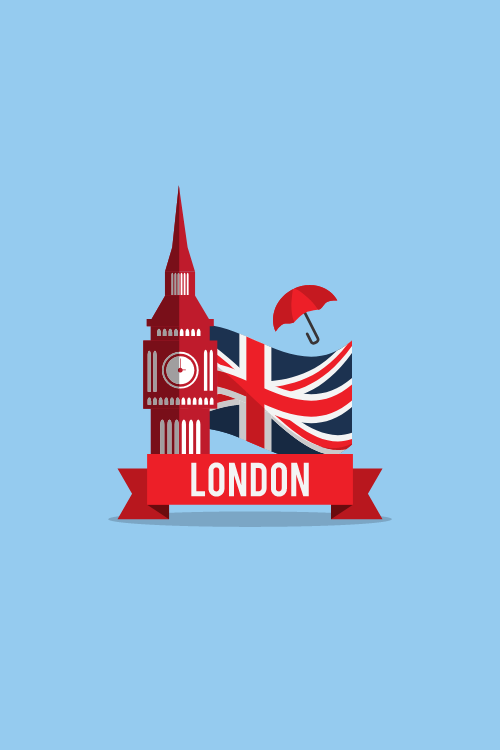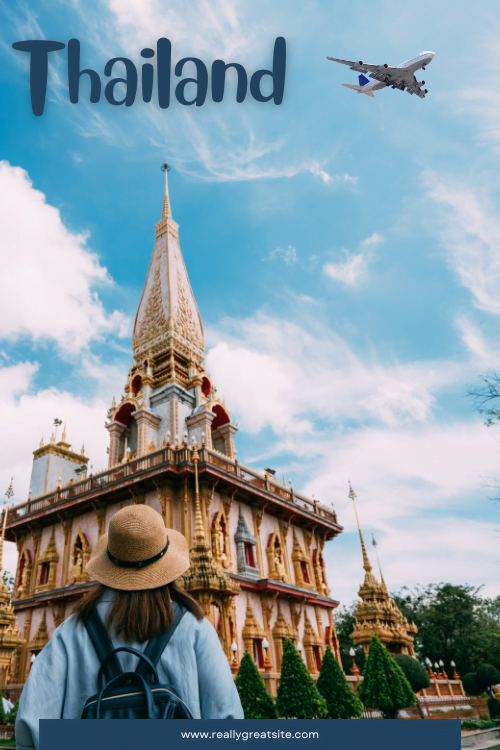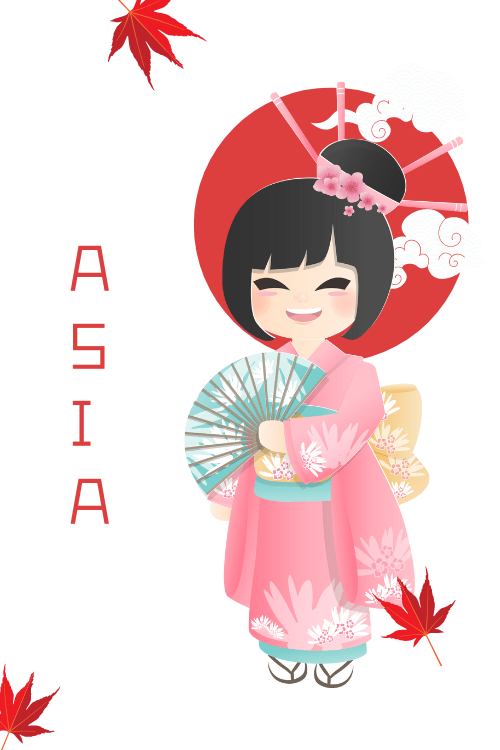eSIM USA
The Best Time to Visit Yellowstone National Park
Yellowstone National Park, established in 1872 as the world’s first national park, draws millions of visitors annually with its unparalleled geothermal features, diverse wildlife, and breathtaking landscapes.
Deciding when to embark on your Yellowstone adventure can significantly impact your experience.
This comprehensive guide will delve into the nuances of each season, providing you with the insights needed to determine the best time to visit Yellowstone based on your priorities.
Remember that Yellowstone’s high elevation can make weather unpredictable year-round, and visitors should always be prepared for sudden changes.
Thanks for visiting our blog, are you planning to travel to Yellowstone Park? Check out our United States eSIM. Get mobile data without physical SIM cards or paying for global roaming.
Yellowstone’s Diverse Seasons
Yellowstone experiences four distinct seasons, each offering a unique perspective on the park’s wonders:
Spring (April to early June): Spring in Yellowstone is a time of renewal, with melting snow revealing vibrant wildflowers and awakening wildlife. Temperatures gradually rise, but expect unpredictable weather with occasional snow and rain.
Summer (mid-June through early September): Summer brings warmth and sunshine to Yellowstone, making it the most popular time to visit. Days are typically dry and pleasant, with occasional afternoon thunderstorms.
Fall (September to early November): Fall transforms Yellowstone into a canvas of gold and crimson as the foliage changes color. Temperatures begin to cool, and snow becomes more frequent as winter approaches.
Winter (November to March): Winter blankets Yellowstone in a pristine layer of snow, creating a serene and magical atmosphere. Temperatures plummet below freezing, and many roads become inaccessible to regular vehicles.
Weather Conditions Throughout the Year
Yellowstone’s weather can be unpredictable, with sudden shifts in temperature and precipitation due to the park’s high elevation and mountainous terrain.
Spring: Daytime temperatures range from the 30s to the 60s Fahrenheit, with nighttime lows dipping into the teens or single digits. Snow is common, and accumulations of 12 inches in a 24-hour period are possible.
Summer: Summer days are generally warm, with temperatures in the 70s and 80s Fahrenheit at lower elevations. However, nights can be cool, and temperatures may drop below freezing at higher elevations. Afternoon thunderstorms are not uncommon.
Fall: Fall temperatures fluctuate between 20 and 65 degrees Fahrenheit. Days become progressively shorter, and temperatures drop quickly after sunset. Snow is a possibility, especially in late September and October.
Winter: Winter brings frigid temperatures, with daytime highs hovering around 0 degrees Fahrenheit and nighttime lows often dipping below zero. The record low temperature in Yellowstone is -66 degrees Fahrenheit. Snowfall averages 150 inches annually, with higher elevations receiving even more. A unique phenomenon in winter is “geyser rain,” where the near-boiling water from geysers freezes mid-air due to the extreme cold.
Accessibility Throughout the Year
While Yellowstone is open year-round, accessibility to different areas of the park varies depending on the season. During the winter months, many roads close due to snow and ice.
However, the North Entrance at Gardiner remains open year-round, providing access to Mammoth Hot Springs and other northern areas of the park. It’s crucial to check the park’s website for updated road conditions and closures before your visit.
Peak Tourist Season
Summer is the peak tourist season in Yellowstone, with July and August being the busiest months.
Expect large crowds, congested roads, and potentially long wait times at popular attractions. If you prefer a more tranquil experience, consider visiting during the shoulder seasons (spring or fall) or during the winter months.
Wildlife Viewing Opportunities
Yellowstone is home to an abundance of wildlife, including bison, elk, wolves, grizzly bears, and black bears. Wildlife viewing opportunities vary throughout the year:
- Spring: Spring is an excellent time to spot wildlife as animals emerge from their winter dens and graze in the valleys. Bears are particularly active as they search for food after hibernation. Look for bison calves, elk with their young, and wolves hunting in packs.
- Summer: Wildlife is still abundant in summer, but animals may be more dispersed due to the warmer temperatures. Early mornings and late evenings are generally the best times for wildlife viewing. Keep an eye out for bison herds, elk grazing in meadows, and bears fishing in rivers.
- Fall: As temperatures cool and food becomes scarcer, animals congregate in valleys and meadows, providing excellent viewing opportunities. The elk rut, with its dramatic bugling and sparring, is a highlight of fall in Yellowstone. You might also spot bears preparing for hibernation and wolves on the hunt.
- Winter: While many animals hibernate or migrate during winter, some remain active, including bison, elk, and wolves. Winter offers a unique chance to observe these animals against a snowy backdrop. Look for bison huddled together for warmth, elk foraging for food, and wolves traversing the snow-covered landscape.
Yellowstone Caldera
Yellowstone National Park sits atop the Yellowstone Caldera, a massive supervolcano. The caldera’s geothermal activity is responsible for the park’s geysers, hot springs, mud pots, and fumaroles.
Understanding the caldera’s influence adds another layer of appreciation for the park’s unique geological features.
Lodging and Activities
Lodging
Yellowstone offers a variety of lodging options, including hotels, cabins, and campgrounds. During peak season, accommodations can fill up quickly, so it’s essential to book in advance. In the off-season, some lodging facilities may be closed or have limited availability.
Activities
Yellowstone provides a wide range of activities for visitors, including hiking, camping, fishing, boating, and wildlife watching. The availability of activities varies depending on the season:
| Season | Activities |
|---|---|
| Spring | Wildlife viewing (bison calves, elk with young, wolves), hiking (Fairy Falls, Bunsen Peak), camping (Madison Campground, Canyon Campground), fishing (Yellowstone River, Firehole River) |
| Summer | Hiking (Mount Washburn, Uncle Tom’s Trail), camping (Grant Village Campground, Bridge Bay Campground), fishing (Yellowstone Lake, Lamar River), boating (Yellowstone Lake), swimming (Boiling River), guided tours (ranger-led programs, wildlife tours) |
| Fall | Wildlife viewing (elk rut, bears preparing for hibernation), hiking (Observation Point Trail, Mystic Falls Trail), camping (Tower Fall Campground, Fishing Bridge RV Park), fishing (Gibbon River, Slough Creek), scenic drives (Grand Loop Road, Blacktail Plateau Drive) |
| Winter | Cross-country skiing, snowshoeing (Mammoth Hot Springs area), snowmobiling (guided tours), ice skating (Old Faithful Snow Lodge), ranger programs (snowshoe walks, wildlife talks) |
Best Time to Visit for Specific Interests
Photography: Spring and fall offer stunning landscapes with wildflowers and fall foliage, respectively. Summer provides long daylight hours for capturing geysers and wildlife. Winter creates a unique atmosphere with snow-covered scenery.
Hiking: Summer and early fall provide the best conditions for hiking, with most trails accessible. Spring offers opportunities for hiking at lower elevations as the snow melts.
Geyser Viewing: Summer is ideal for geyser viewing, as the warmer temperatures result in more active geysers and less steam obscuring the view.
Hiking Safety
When hiking in Yellowstone, remember to carry bear spray and follow safety guidelines, especially during seasons with high bear activity. Hike in groups of three or more, be aware of your surroundings, and maintain a safe distance from wildlife.
Ranger Programs and Guided Tours
Ranger programs and guided tours are available throughout the year, offering opportunities to learn about Yellowstone’s history, geology, and wildlife. Check the park’s website or visitor centers for schedules and availability.
Choosing the Best Time to Visit
The best time to visit Yellowstone depends on your individual preferences and priorities:
- For the best weather: Summer offers the warmest and driest conditions, but it’s also the most crowded.
- For fewer crowds: Spring and fall provide a more tranquil experience with fewer visitors.
- For wildlife viewing: Spring and fall offer excellent wildlife viewing opportunities, with animals concentrated in valleys and meadows.
- For winter activities: Winter is ideal for snowshoeing, cross-country skiing, and snowmobiling.
- For budget travelers: The shoulder seasons and winter typically offer lower prices on lodging and tours.
Related Articles
- Best Time to Visit Florida
- Best Time to Visit Grand Canyon
- Best Time To Visit Seattle
- Best Island To Visit In Hawaii For First Time
- The Best Time to Visit Yellowstone National Park
- The Best Time to Visit Alaska
- How to Activate Your eSIM in the USA
- Get the Best eSIM for Travel to the USA
- Can You Activate A US eSIM From Outside The US?
- Is eSIM Available in the USA







